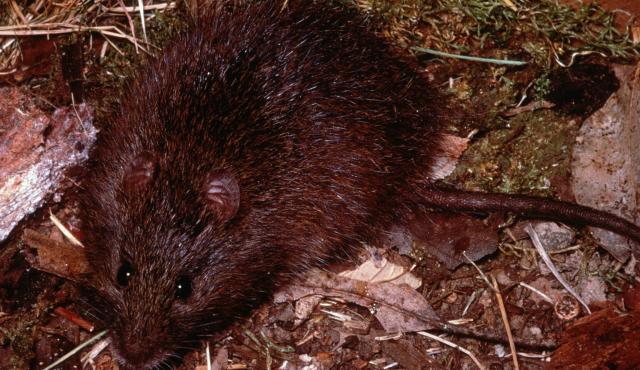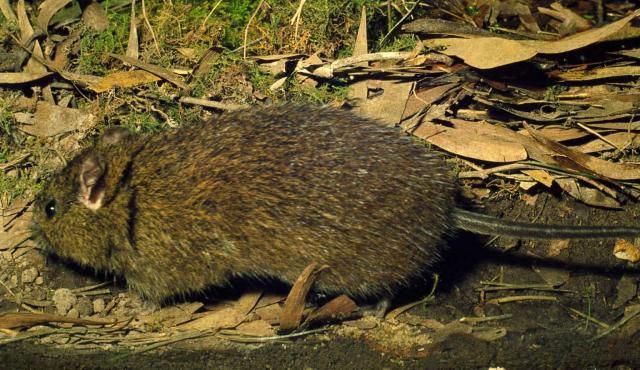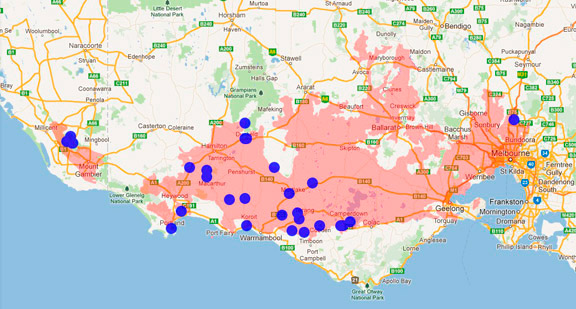A range of teacher professional learning programs will be developed to accompany the Biodiversity of the Western Volcanic Plains online outreach...



Australian Swamp Rat
Rattus lutreolus
Swamp Rats need dense plant growth so they can build long tunnels though the vegetation. Females need good spring growth of grasses and sedges to establish a territory of about 0.5 hectares before they can breed. They can have several litters of up to five young per year. Frequent fires will prevent Swamp Rats from living in an area.
| Details | Description |
| Type | Mammal |
| Group | Placental |
| Other Common Names | Eastern Swamp-rat |
| Identifying Characteristics | |
| Distinctive Markings | Dark brown fur, dark tail shorter than body, brown feet. |
| Diet | Herbivore. Eats stems of grasses and sedges; also eats insects in winter. |
| Habitat | Lives in grassy, heathy, and sedge habitats. |
| Native Status | Native to Australia |
| Taxonomy | |
| Phylum | Chordata |
| Class | Mammalia |
| Order | Rodentia |
| Family | Muridae |
| Genus | Rattus |
| Species | lutreolus |

Distribution maps indicate current and historic locations where species have been sighted.
Source: Atlas of Living Australia
| Conservation Status | |
| DEPI Advisory List | Not listed |
| FFG Act | Not listed |
| EPBC Act | Not listed |
The conservation status of species is listed within Victoria and Australia.
The Department of Environment and Primary Industry (DEPI) Advisory List consists of non-statutory advisory lists of rare or threatened flora and fauna within Victoria.
The Flora and Fauna Guarantee Act 1988 (FFG Act) lists threatened species in Victoria. Under the Act, an Action Statement is produced for each listed species.
The Environment Protection and Biodiversity Conservation Act 1999 (EPBC Act) is the Australian Government’s key piece of environmental legislation, listing nationally threatened native species and ecological communities.



